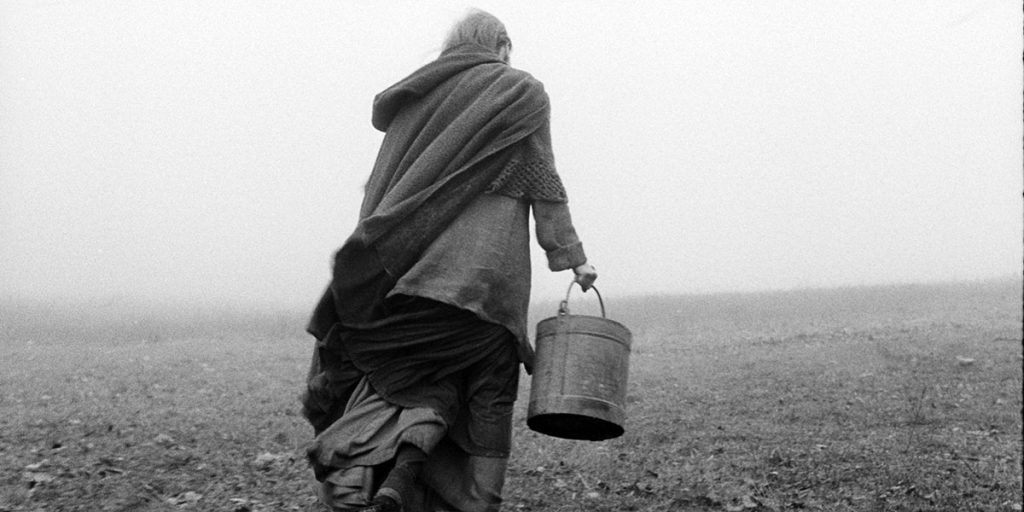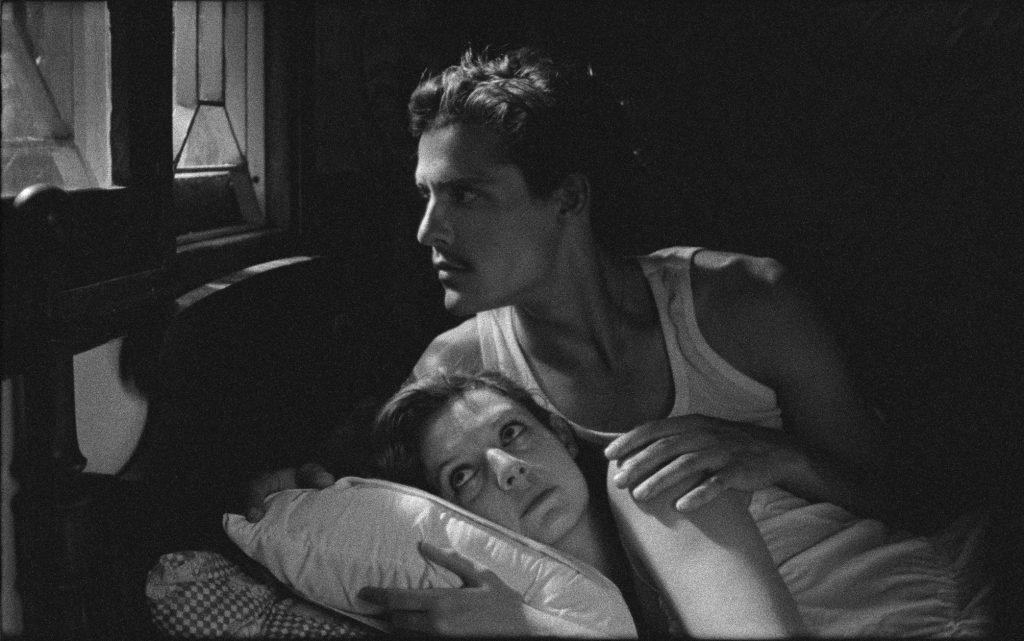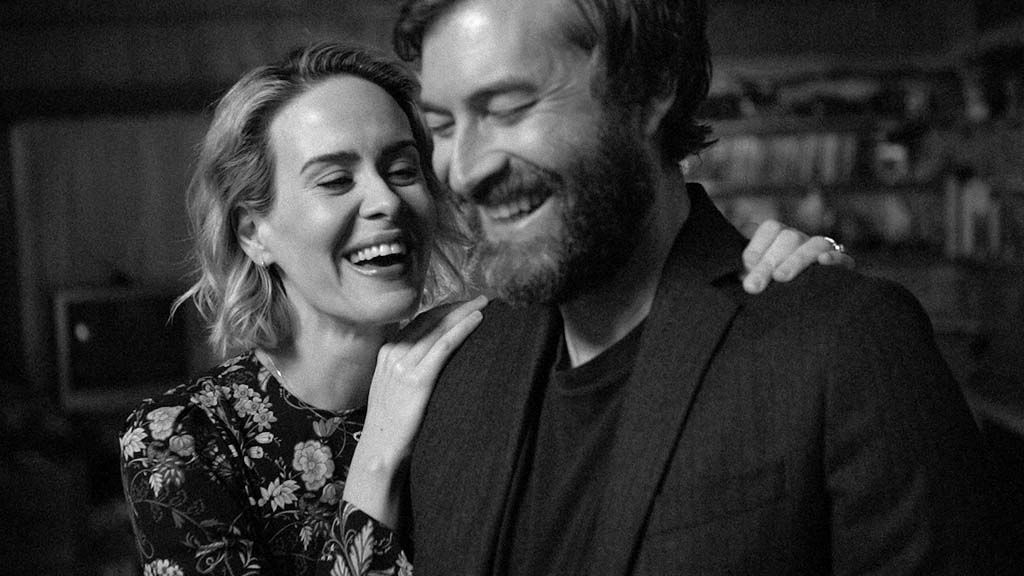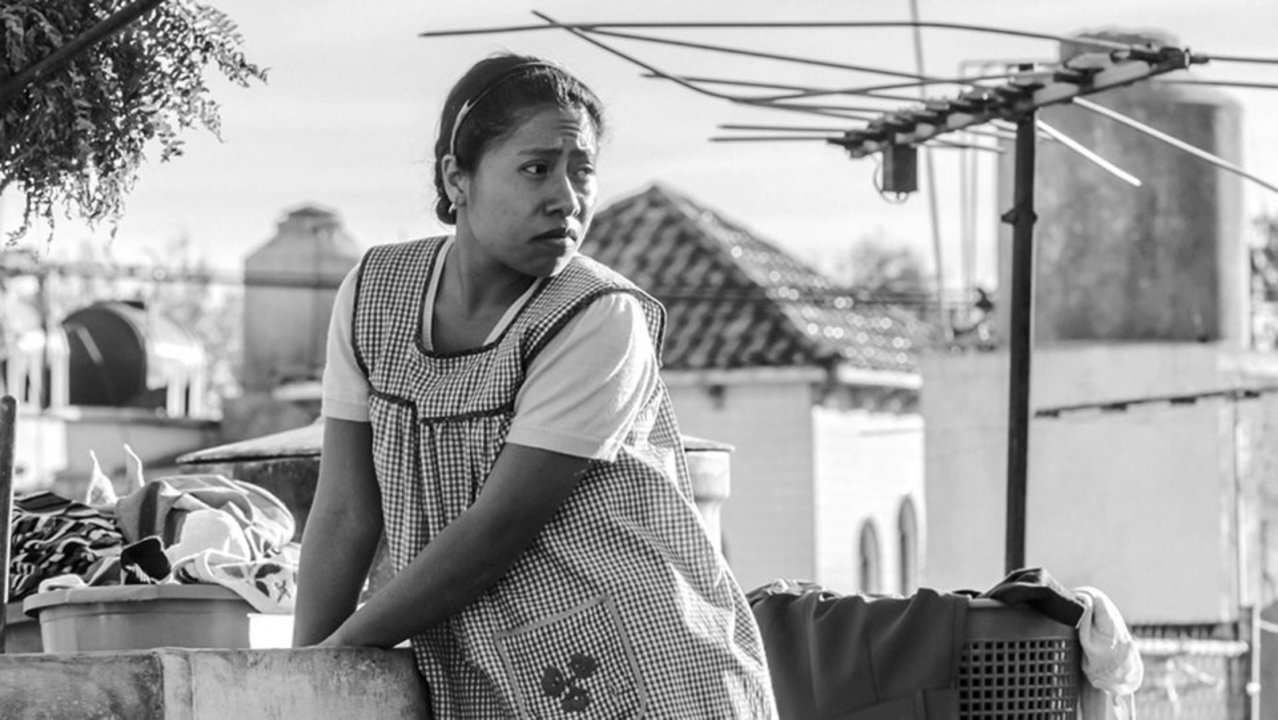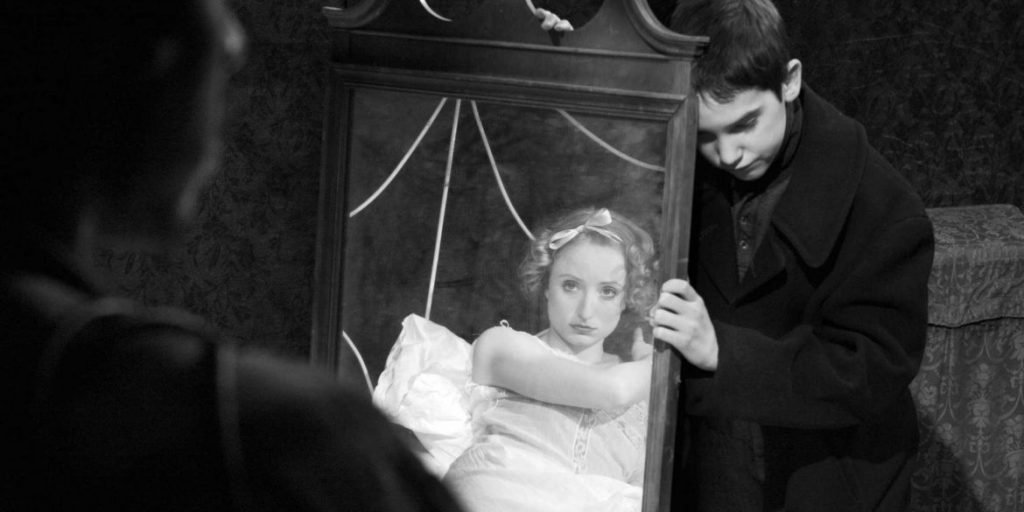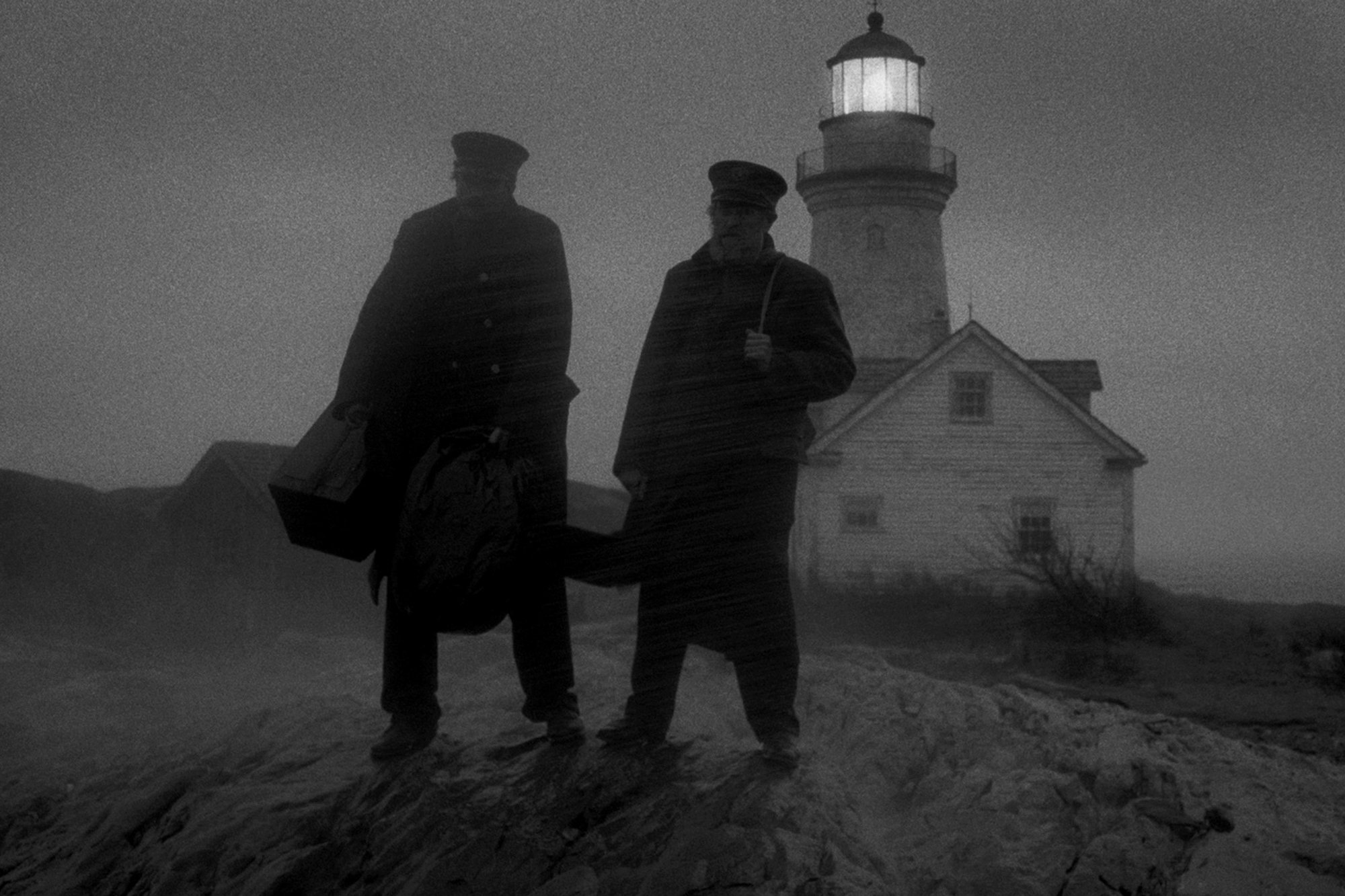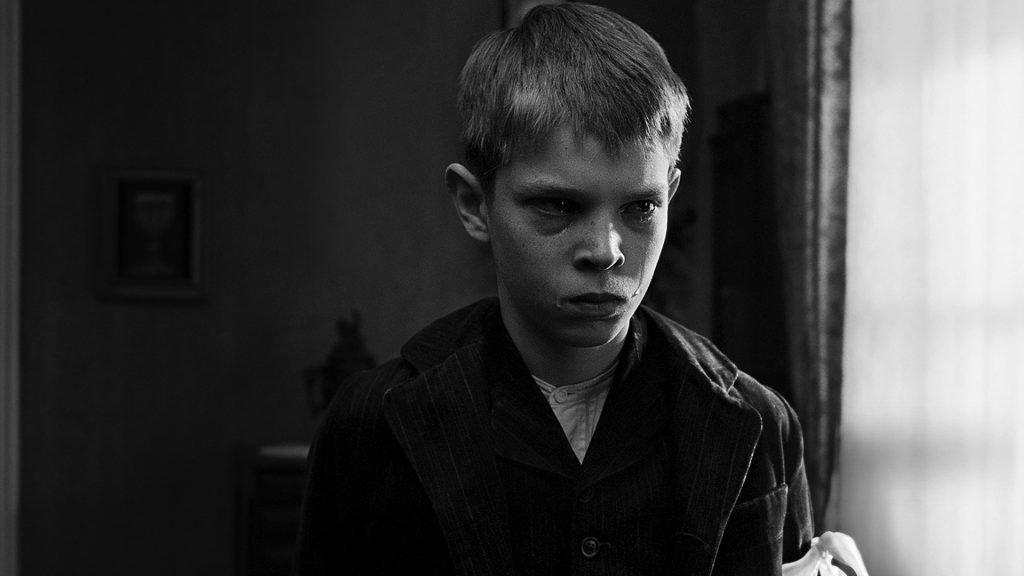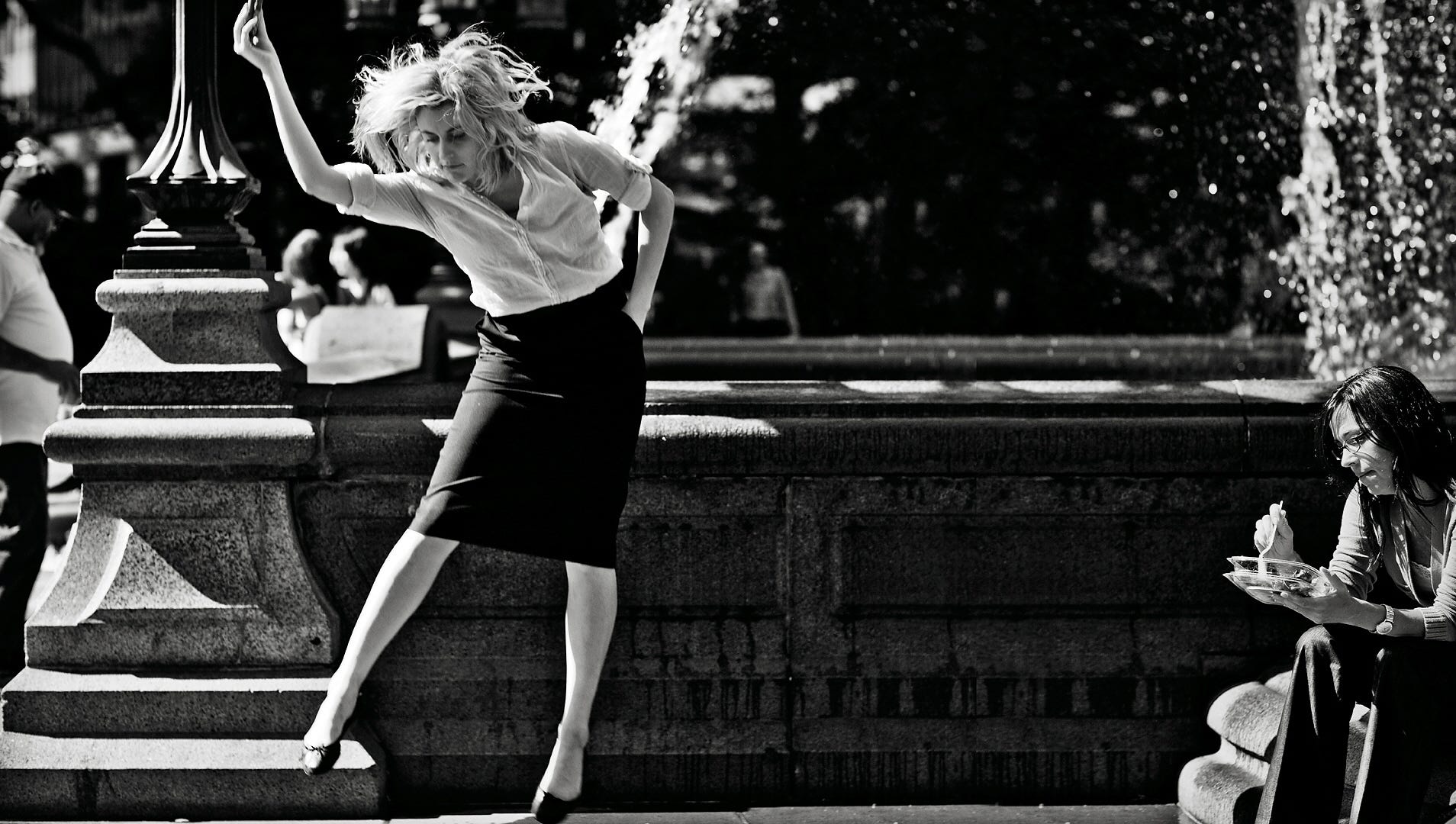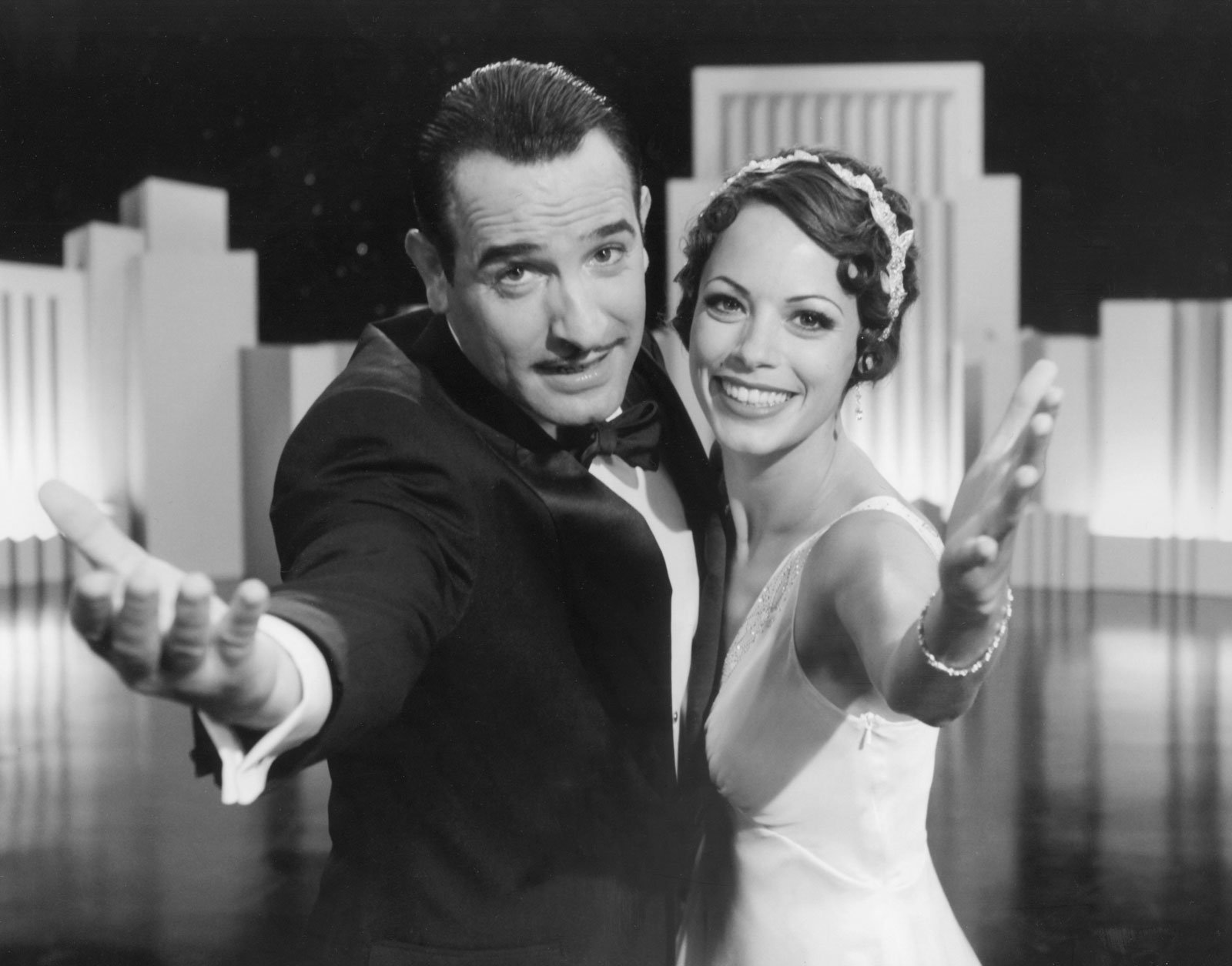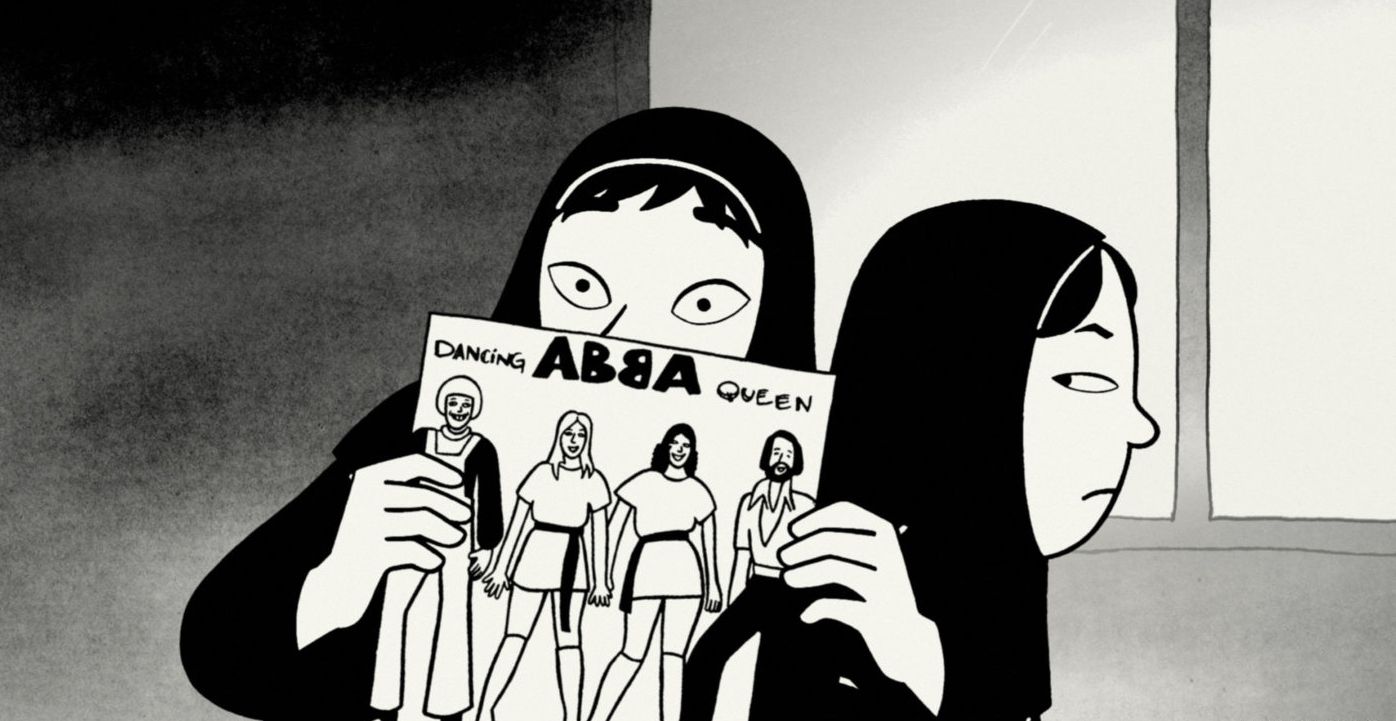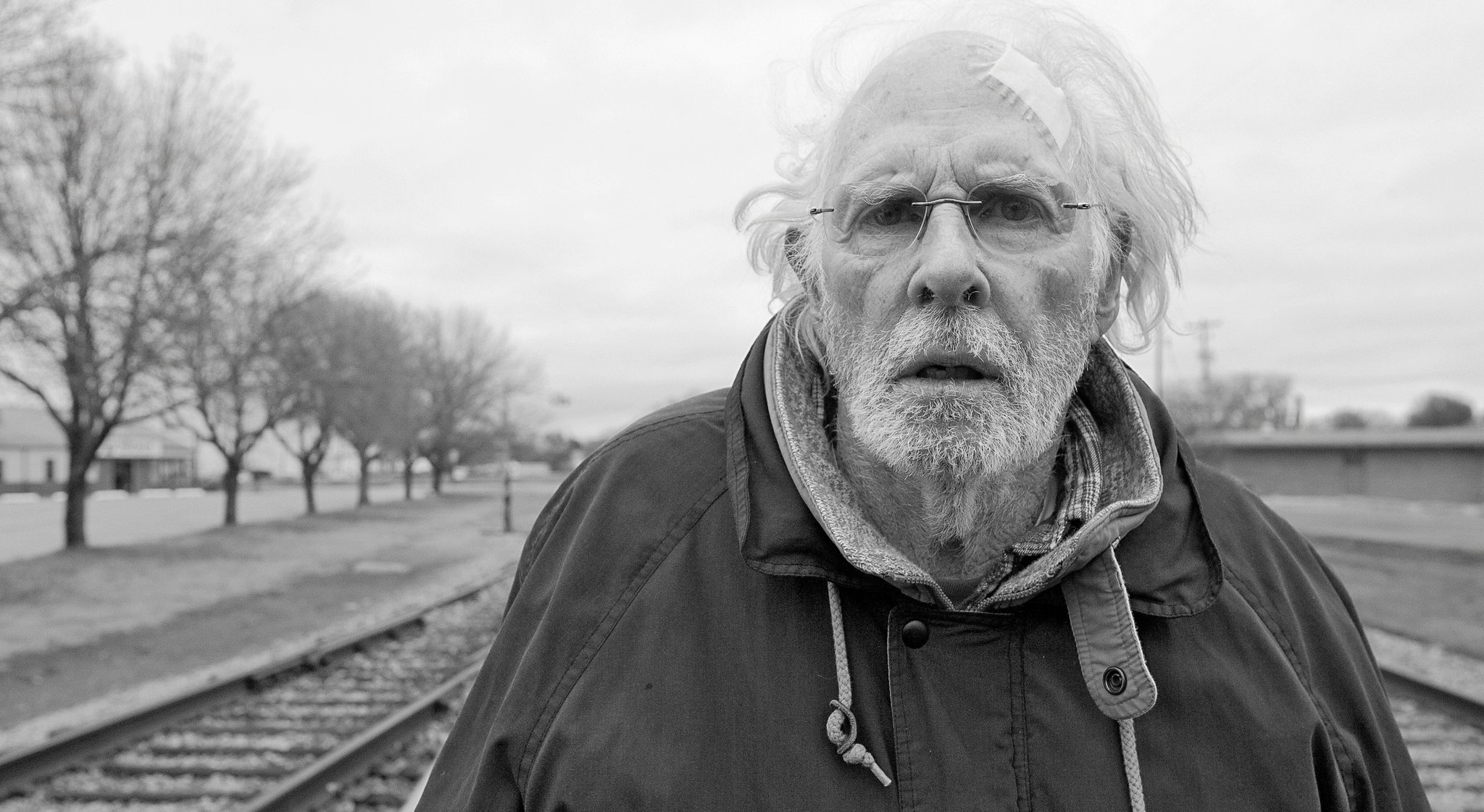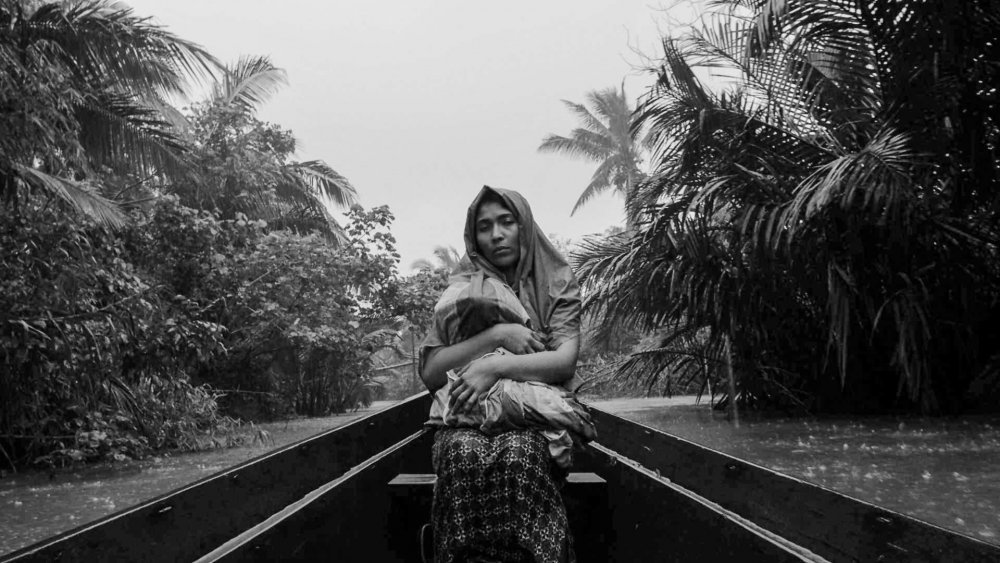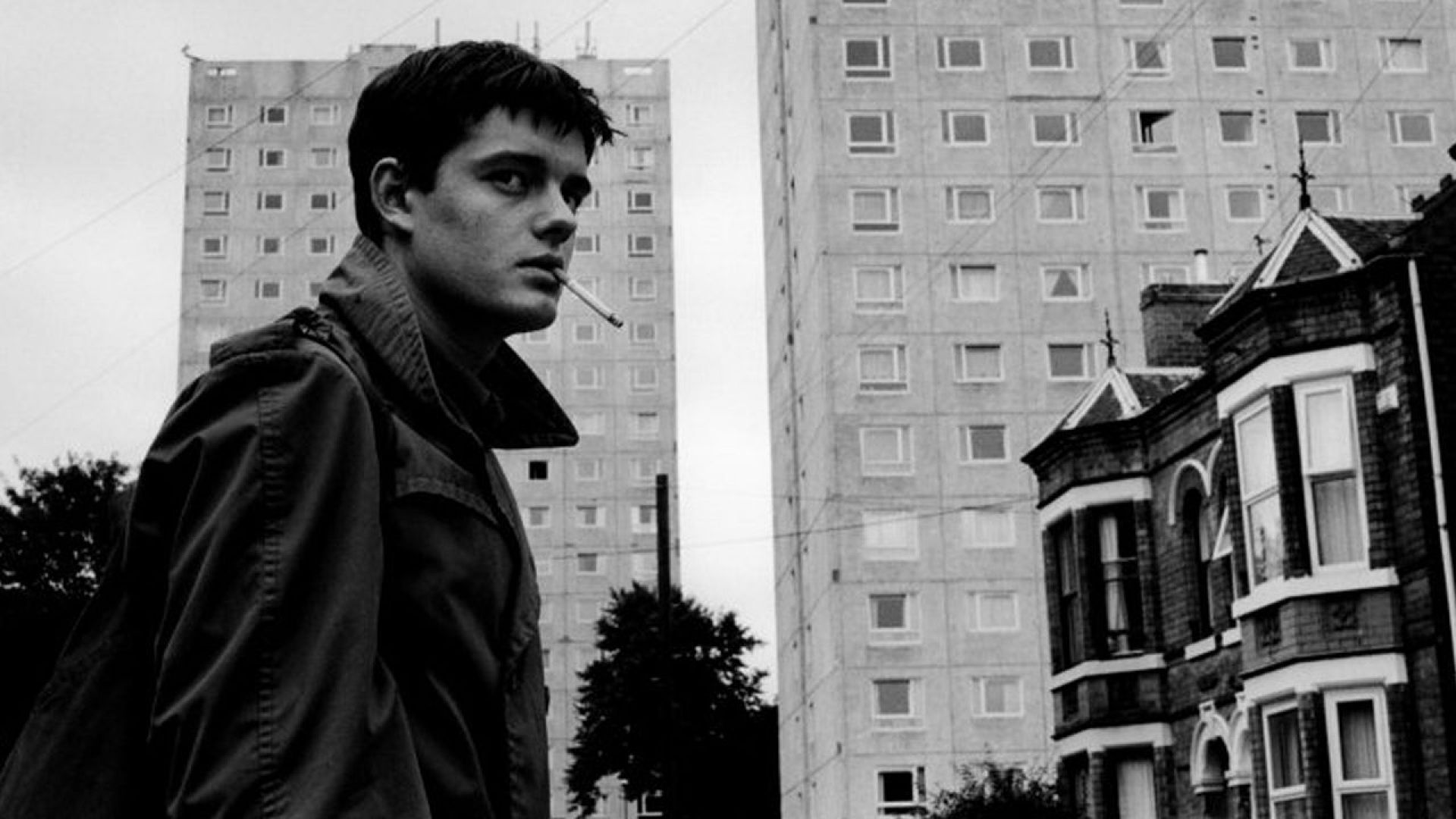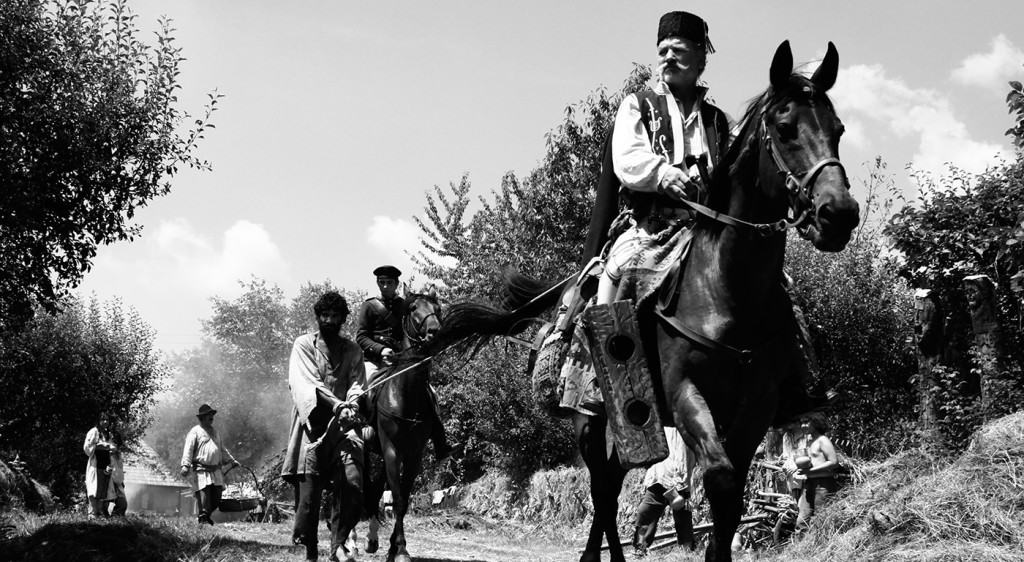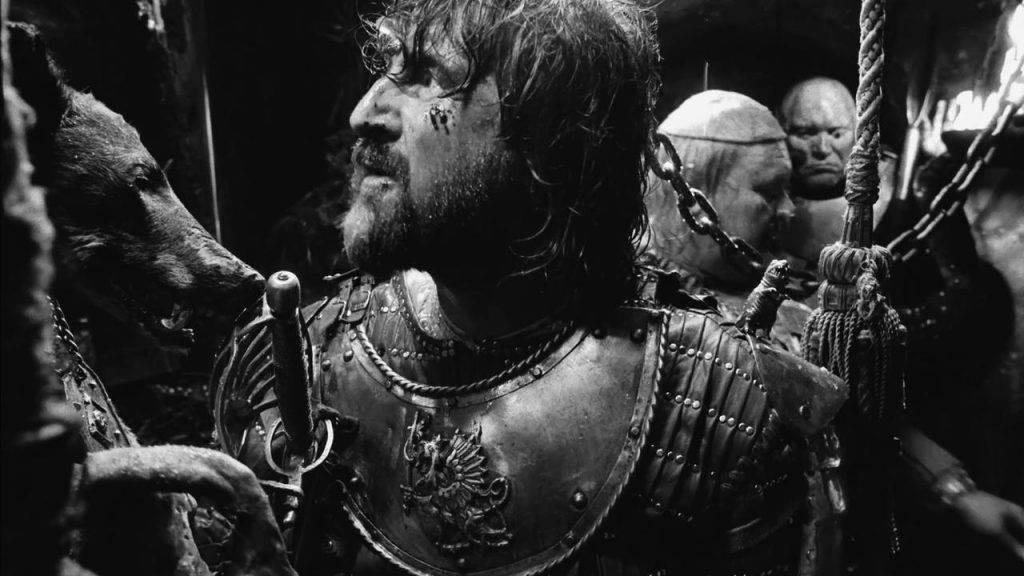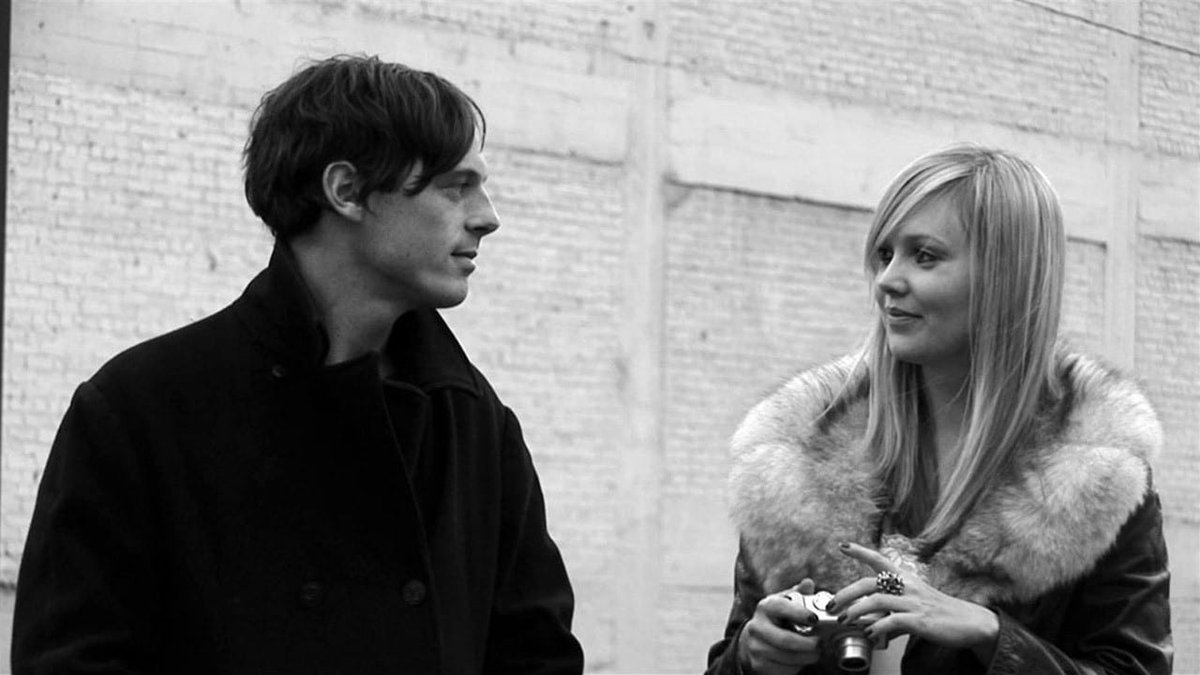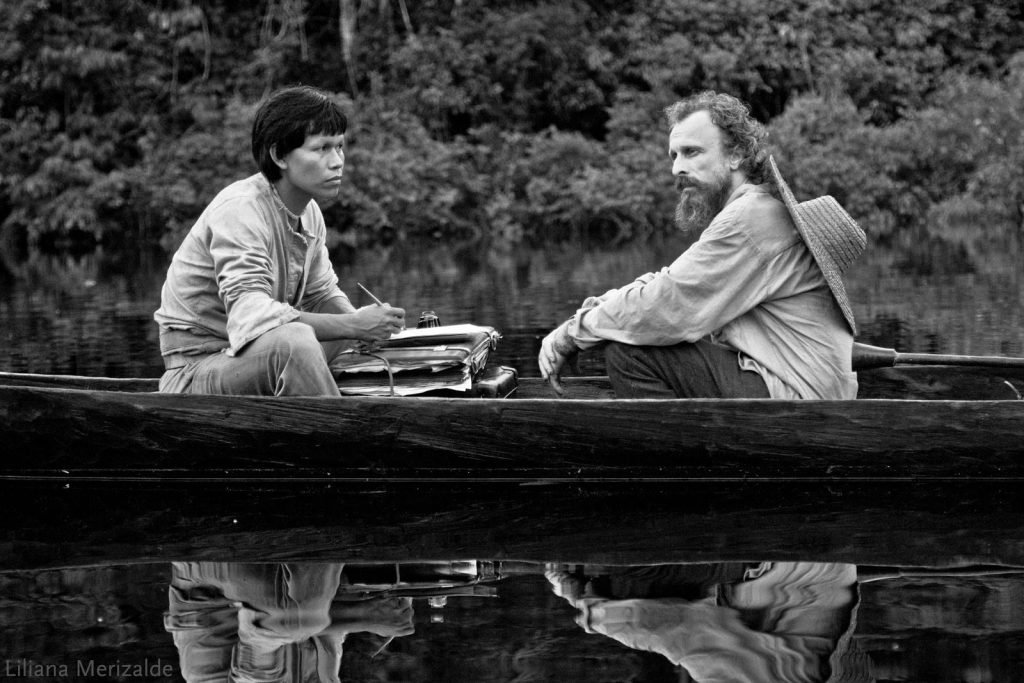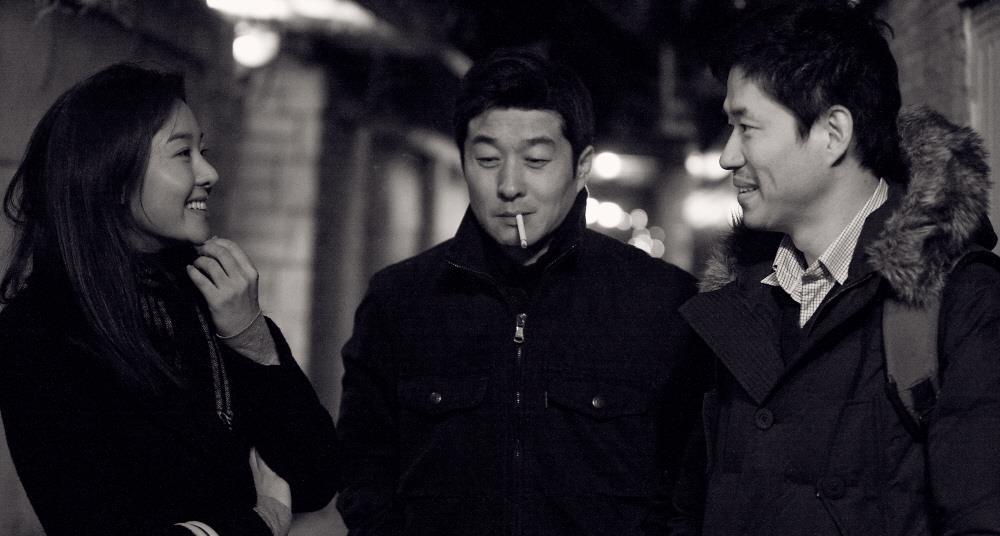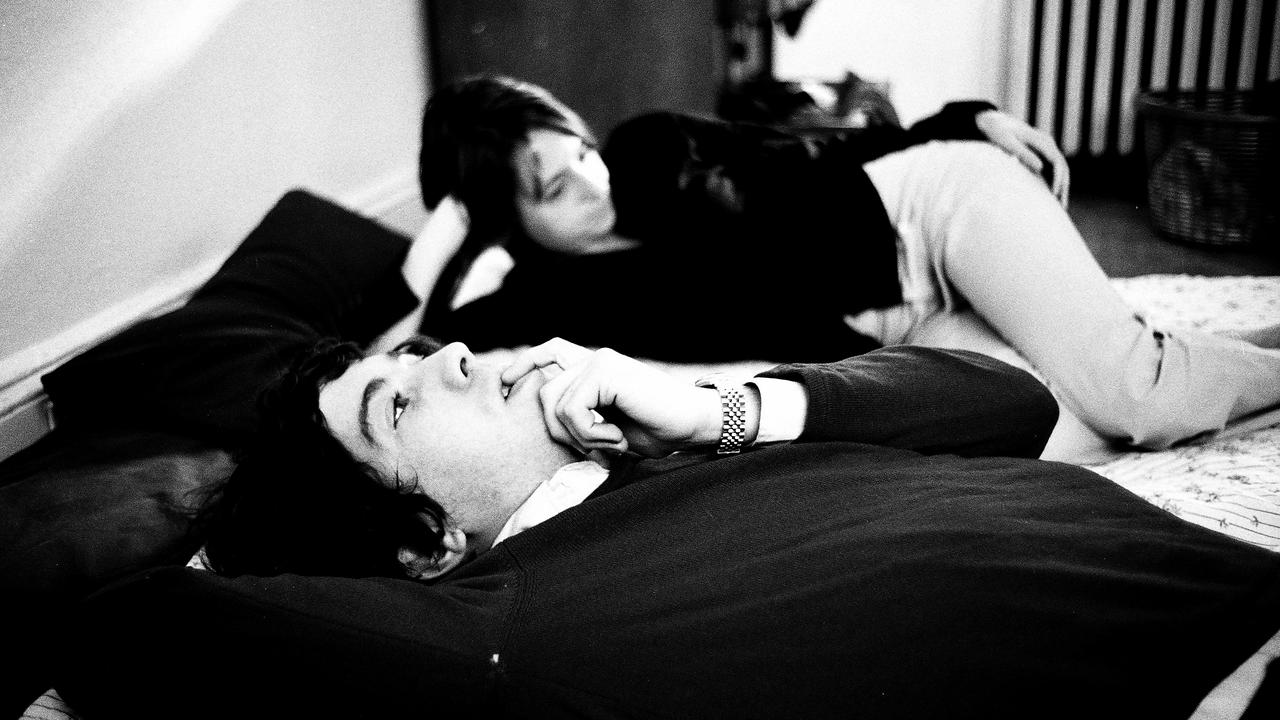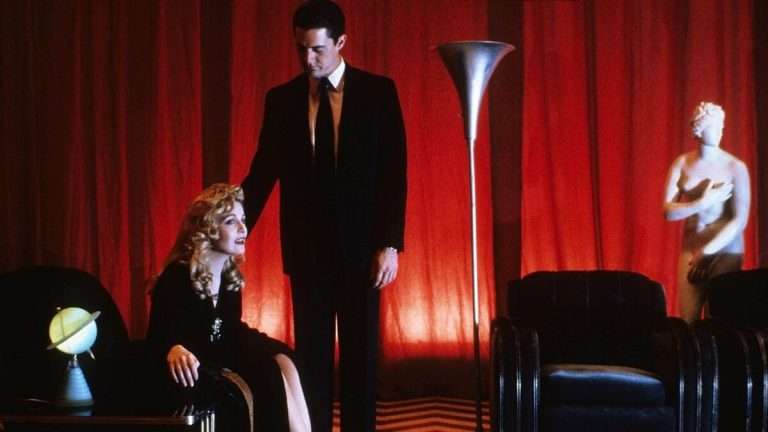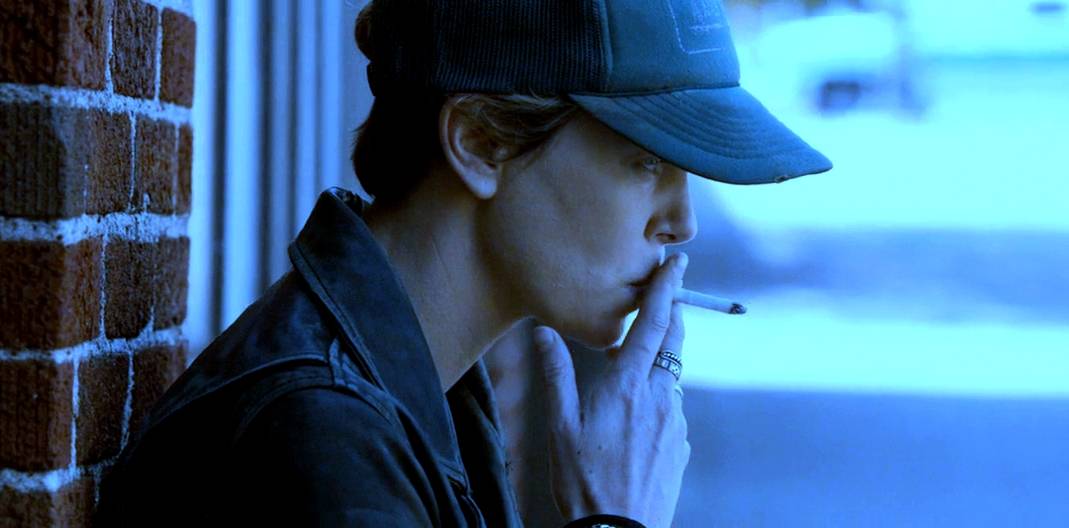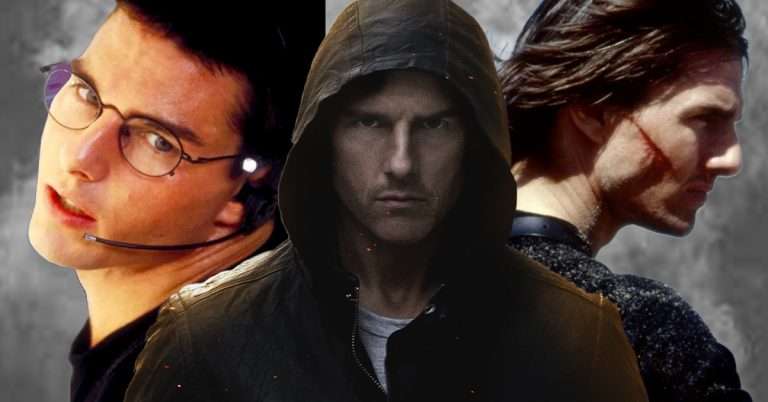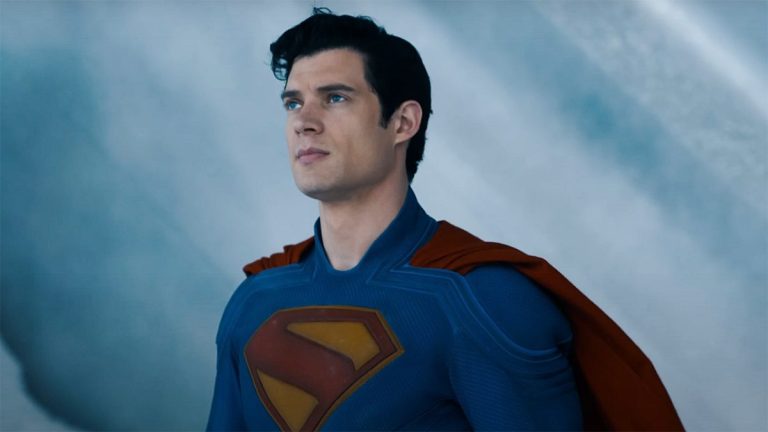Black and white movies eschew colors to their advantage. It is a conscious choice, deliberated upon stubbornly, that the filmmaker indulges in. The monochrome palette instills a sense of nostalgia. Melancholia impregnates the screen with washed-out images. The films cradle a reminiscent undertone. It breaks away from the temporal thread of narrative that the human eye is accustomed to and envelops itself in a mystique heightened by the lack of color. The dimly lit room would prolong the black and white of the film. The darkness softens the contrast between the real world and cinema.
Here is a list of best black and white movies of 21st Century to feast your eyes on and tear away from the world of color:
1. The Turin Horse (2011)
Bela Tarr’s swansong ‘The Turin Horse’, an existential drama about a man, his daughter and a trusty horse on the verge of the end of civilization, appears to represent the magnificent end of Tarr’s career. Bare minimum shots – thirty to be precise, stripped away of any redemption, dystopian aesthetics, and sparse dialogues, the experience of watching father and son surviving on potatoes is no less than horror for life.
During a telephonic interview with Eric Kohn, when asked why he chose ‘The Turin Horse’ as his last feature, he explains ‘ During these 34 years of filmmaking, I’ve said everything I want to say. I can repeat it, I can do a hundred things, but I don’t want to bore you. I don’t want to copy my films. That’s all.’
The Turin Horse featured in our list of 75 Best Films of the Decade (2010s)
In early 1889, Friedrich Nietzsche has allegedly walked out of his home in Turin, Italy, and witnessed a carriage driver brutally lashing his stubborn horse. He stopped the savagery by throwing his arms around the horse and sobbing, and in the days that followed, legend has it, Nietzsche lost what remained of his sanity.
Bela Tarr wondered about that horse and the carriage driver which led to the making of Turn Horse, a grimly deterministic drama with an unquestionable sense for visual poetics. Set during a punishing storm, the restlessness creeps in every frame of this artfully minimalist and stubbornly slow drama that focuses on the humdrum of existence.
2. Tabu (2012)
Photographed beautifully in monochrome, Tabu, at first, feels like a lost film from the silent era, and voiced-over after it was found. In the beginning, it does feel distant & the mysterious prologue makes it difficult to grow an affection for the film. But as we are gradually introduced to the “Paradise Lost” part, it slowly consumes us. The subtle transition to the flashback is even more elegant, and amplifying the graininess make it dramatic and nostalgic.
Writer-director Miguel Gomes pens an elegiac but intense two-part tale – three-part if you consider mystical prologue as a stand-alone – exploring the realization of true love, losing it and then dwelling in the memory of it. Cut into two halves by 50 years and replete with bittersweet memories of eternal love, the quasi-silent movie bewitches us with its aesthetics.
Unperturbed, hazy dreamy sequences are woven together in a fervid and intense love story between Aurora (Ana Moreira) and adventurer Ventura (Carloto Cotta). Their romance blooms in a dispassionate hill. Similar to poetry, the story of simple love transcends the art itself in inexplicable ways.
3. Blue Jay (2016)
This film is evocative of a bittersweet reflection between two high school lovers over a cup of coffee. The sheer simplicity of the storyline leaves a lingering smile on your face. The monochrome imagery is skillfully used to induce nostalgia while gazing at a lake and reflecting on their love strewn past. The tone of the movie is drenched in regret for what might have been.
Sarah Paulsen plays a character named Amanda who emits undeniable emotional electricity through the entirety of the film towards Mark Duplass’ character – Jim who is steeped in an unending void of middle-aged angst and disappointment.
The movie turns into a wistful tale interspersed with cassettes blaring songs from the courtships of the two lovers and conversations that remain etched in one’s memory. It allows them to live an alternate reality that could have unfolded if they would have walked down a different path and taken decisions differently.
RELATED TO BLACK AND WHITE MOVIES: BLUE JAY [2016]: DUPLASS’ B/W TRIBUTE TO SIMPLICITY, NOSTALGIA AND LOST LOVE
Watch Blue Jay online on Netflix
4. Roma (2018)
Director Alfonso Cuaron who originates from Mexican roots recreates with extraordinary detail an autobiographical piece while injecting it with painstaking emotion. A pellucid black and white imagery are used to depict Mexico in the early 1970s. The motivation to use the large format of black and white digital photography rather than color is suggestive of wanting to peer into the past through the prism of the present; it is an objective experience seen through the lens of the present. Cuaron has said that this film was a tribute to the women in his life and “the elements that forged me”.
It wraps the everyday monotony with extreme monumentality into larger than life imagery. A substantial part of the film takes place in a house that is a recreation of Cuaron’s childhood home, filled with bicycles, birds, and stone walls. The camera anticipates the next move of the house help Cleo and follows her with unwavering loyalty as she is seen flitting around the house performing everyday chores. An air of purpose is suspected in her movements shaped by the wight of the colonial past. Cleo becomes inexorably intertwined with Sofia, Antonio, and the children; as it seems the family would cease to function without her. From waking up the four cacophonous yet charming children, tending to dinner, picking up the droppings of the cherished family dog off the tiled driveway, and assuring that everyone has clean clothes to wear. Everything is upended when Antonio runs away with his mistress and Cleo finds out that she’s pregnant.
ALSO READ: THE 50 BEST FILMS OF 2018
Watch Roma on Netflix
5. Cowards Bend the Knee (2003)
If you have never heard of the filmmaker “Guy Maddin”, then this is the film you should start with. Only 64 min long; shot in monochrome, further roughened and scuffed up to give it an aged and battered look, this is one hell of a ride that you better take to see the consequences of infatuation. Oh, Wait, so a hockey player named Guy Maddin (played by Darcy Fehr) takes his girlfriend for an illegal abortion, and gets infatuated with a girl Meta, and leaves with her. Now here comes the bizarre part. Maddin is again infatuated with a ‘ghost’ while working in a salon. Maddin’s infatuation with Meta and the ghost brings a series of trouble that is filled with lust, guilt, and betrayal, not to mention the wackiness.
Cowards Bend the Knee featured in The Seven Shades of Love list
6. The Lighthouse (2019)
The stark black-and-white cinematography deepens the film’s shadows and unease, but it also throws these grizzled faces into relief, reminding each of the inevitability of death brought emphasis upon through their facial creases. The perennially grey sky leaves a washed-out effect on the entire film. Time becomes immeasurable and lends a feature of magical realism to the film as the thin line of reality and fantasy blurs. “The erosion of sanity is so incremental that you almost don’t realize it’s happened”, Empire, an online site remarked on the film.
Also, Read: 10 Best Films of Federico Fellini
The film begins with two lighthouse workers: Wake – Willam Dafoe and Winslow – Robert Pattinson, who arrive on a desolate island which seems like the beginning of a sweat-soaked fever dream. Their tongues are loosened by alcohol and the lack of companionship. It becomes a vicious circle of high tempers and conversations between two men eased when alcohol hits their tongues. They converse. They fight. They converse again.
The air is curdled with sour moods and interspersed with tongues that loosen after the consumption of alcohol. The lengthening time spent on the island, endured in seclusion, and the intense labor forced upon the two men, triggers a descent into madness. It resembles a routine of increasingly absurdist horror. “Boredom makes men into villains,” as Wake enunciates through a grimace, and by the end, something resembling boredom sends these men down dark paths.
Similar to Black and White movies: THE LIGHTHOUSE (2019): ‘MAMI’ REVIEW – UNNERVING AND CREEPY
7. The White Ribbon
In hands of a good filmmaker, the children (if we are to believe that children perpetrated the crimes) from ‘The White Ribbon’ would have been straightforward villains. However, neither Michael Haneke is just another good filmmaker nor he is interested in the violence itself. His interest is far more profound here.
What starts as a German children’s story gradually turns into an incisive examination of the genesis of the violence and the implication it casts on society. When a group of children takes ideals as an absolute moral principle, it subsequently turns into an ideology accepting those principles as gospel truth, which could be dangerous. When the principles are threatened, children resort to violence to maintain the sanctity of it. Arguably, The White Ribbon is the best black and white movies of the century that leverages the monochrome to create the discomforting and disturbing visual layer to the horror inducing unfolding.
Related to black and white movies – Here’s why ‘The Piano Teacher’ is one of the most disturbing films ever made
8. Mank (2020)
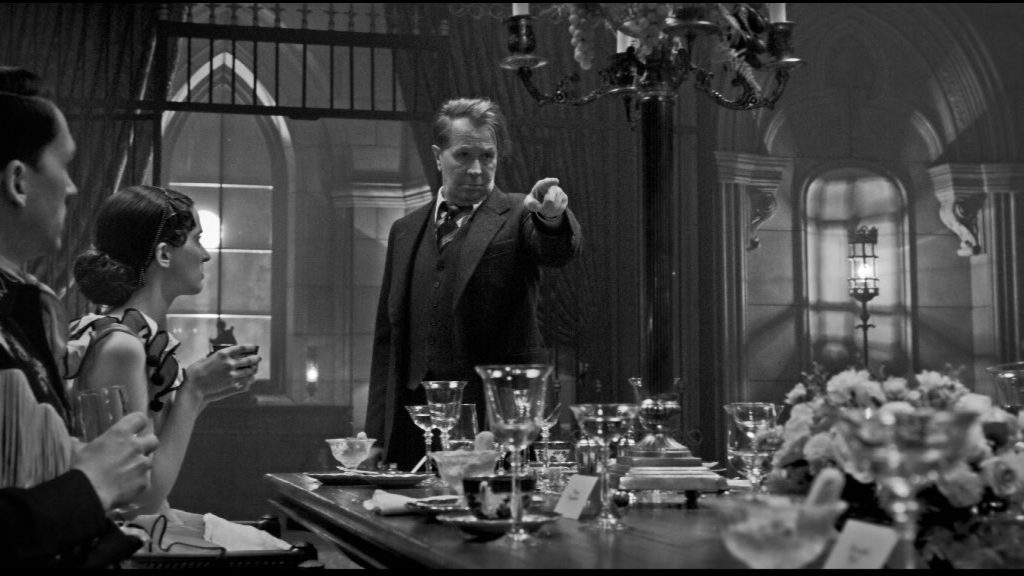
David Fincher encapsulates the life of a screenwriter of a particularly iconic work- Citizen Kane in Hollywood in the 1930s and 40s. Not only did Fincher use a dreamy monochrome palette to take us back in time, he even put little circles in the corners of frames to create the illusion of old-time reel changes. An air of dissatisfaction echoes through the film as almost no one is happy in their work, nor do they take pride in it. However, an early scene offers a disclaimer of sorts. “You can’t capture a man’s life in two hours”, says our protagonist, screenwriter Herman J Mankiewicz. “The best you can hope for is an impression”. Mankiewicz, or Mank, as he is affectionately known about town, has a disarming charm around him that is interspersed with witticism through the film.
Black and White ‘Mank’ featured in 10 best Netflix Original Movies of 2020
9. Frances Ha (2012)
The black and white cinematography seems to romanticize the inevitable end of relationships and insists on depicting its transient nature. It outlines the ambitions and frustrations through a series of tribulations that befall Frances. Frances, the protagonist of Noah Baumbach’s film, Frances Ha – played by Greta Gerwig, who also co-wrote it. It is a journey of finding oneself in a warp of unachieved dreams and mangled friendships. Yet, throughout the movie, Frances wears a smile and carries herself with a blithe bounce that contrasts sharply with her actual situation, as if to mask her agony. She can’t bring herself to complain, to admit her troubles, or to take many actions to remedy them.
The film has a tantalizing effect on the viewers. It borrows and gets directorial inspiration from The French New Wave. The film is made in black and white reminiscent of the new wave period; it is adorned with music from Truffaut’s films (such as the twangy theme from “A Gorgeous Girl Like Me”) like a pine tree with a bauble or a stocking stick out of its prickly end-; It borrows iconography and remakes an iconic scene from Leos Carax’s “Bad Blood” with the same music, David Bowie’s “Modern Love.” The title too is a New Wave reference: characters in Jean-Luc Godard’s “Made in the U.S.A.” make frequent reference to someone whose last name is never heard in its entirety but is blasted over by dubbed-in gunshots, ringing phones, or horn honks: “Richard Po—”. The entire name of our character isn’t revealed until the last few minutes of the film unwraps, Frances Handley- written on a piece of paper that won’t completely fit into the panel beside the door of her new address.
RELATES TO BEST BLACK AND WHITE MOVIES: 25 FEEL-GOOD MOVIES AND WHERE TO WATCH THEM
10. The Artist (2011)
The wordless piece – or almost wordless piece of anachronistic interspersed with an immaculate score curated transfers you to a pre-talkie era. Some words are spoken sparsely, and a continuous orchestral score by Ludovic Bource. Each actor speaks in a native tongue different than the other as language is deemed unnecessary owing to the nature of the film.
George Valentin, played by Jean Dujardin, is a lovably preposterous silent movie star, endowed with accentuated handsomeness and eyebrows and mustache resembling strokes of a cartoonist’s pen. This older established star helps a talented young woman on the path to fame, only to see her career decline as she, Peppy Miller, played by the Argentinian-born actor Bérénice Bejo hits the big time.
George in his egotistic way believes talkies are just crass, and that he is an artist. Susan Sontag, an American writer observes with zeal “So far as he is serious, the artist is continually tempted to sever the dialogue he has with an audience. Silence is the furthest extension of that reluctance to communicate, that ambivalence about making contact with the audience… Silence is the artist’s ultimate other-worldly gesture: by silence, he frees himself from servile bondage to the world, which appears as a patron, client, consumer, antagonist, arbiter, and distorter of his work.” And the movie quixotically seems to agree with George by being silent, with intertitles for dialogue until the very end.
Related to Black and White movies: LA LA LAND AND THE ARTIST: BRINGING IT BACK
11. Persepolis (2007)
Based on the four-volume series graphic novel by Marjane Satrapi, bringing static images to life through the illustrations and co-direction of Vincent Paronnaud. Autobiographical in nature, it is unabashedly authentic in its narration. It is a realistic account of the draconian treatment of women and individuals who lived opinionated lives different from that of the establishment in pre-revolutionary Iran.
It traces Marjane’s growth from a child to a young woman. Hers is a charming character who is scampering around the legs of grownups striking martial art poses inspired by Bruce Lee and listening to Iron Maiden as a teenager; while she is indulged by her family, her country turns into a hostile place for someone who refuses to fall prey to the inhumane restrictions; but its sharp stabs against the women-hatred of the Iranian governing classes are enough to trigger rage.
She longs for a home that never existed. At home, she feels suffocated by the multiple roles the society asks her to conform to. The stylized bold black and white drawings are nuanced with grey shades heightening the mood of the film. There is a fierce independence of spirit that is contrasted by an equally strong force trying to contain the independence.
Related to Black and White movies – 25 GREAT FEMINIST FILMS THAT YOU SHOULD WATCH
12. Nebraska (2013)
Exploring the relationship of a father and son and the vanity of the father to believe that he won a million-dollar sweepstakes prize that arrives at your doorstep, that one usually discards in the form of scam with a customary glance. The movie focuses on the quixotic quest of Woody Grant, a Korean War veteran. He is insistent on collecting his winnings personally by making the 900-mile trek from his home in Billings, Montana, to the prize office in Lincoln, Nebraska. On foot.
The family tries dissuading him but to no avail. Woody’s son David sees this as an opportunity to spend some time together, and maybe even enjoy some long-overdue father-son bonding. The emotional complexities of the plot are searing and powerful enough to acquire a position among the best black and white cinema of the 21st century.
Watch Nebraska online on MUBI
13. Mula (2014)
Filipino auteur Lav Diaz’s follow-up to ‘Norte, The End of History‘ takes a close look at the lives of the Philippines in a small village during the three-year run-up to then-president Ferdinand Marcos‘ placing the country under martial law in 1972. Shot in the low contract black & white, at an unhurried pace, with a dreary undertone to it and massively long takes, the film is as immersive as it gets.
‘From What is Before’ reflects the consequences of the stirring political climate that quickly snowballs to adversely impact the traditional and social values which eventually leads to mass murder. It’s a terrifying historical drama that is exhaustively intimate and nuanced.
Related to Black and White Movies -Mula featured in our list of 75 Best Films of the Decade (2010s)
14. Control (2007)
“Control,” is one of the most perceptive of rock music biopics owing to the two people who knew him very well and created the film with their bare hands adding intuitive moments of vulnerability. It is based on a memoir by his wife Deborah (played by Samantha Morton), a teenager when they married, and directed by the photographer Anton Corbijn, whose early photos helped establish Curtis’ image as young, handsome, and sorrowful.
Ian Curtis is an introverted teenager who would look at his life passing by with an open-mouthed stare. He would lie on his narrow bed smoking cigarettes surrounded by music and novels which are a gateway to his dreams. He would become the object of cult veneration as the lead singer of the late 1970s band Joy Division, and he would commit suicide by 23. Ian’s marriage is, of course, a focus of the film, since his wife was not only its source and co-writer but co-producer. He was clearly not ready for marriage. It captures music with an eerie intensity. Ian undergoes fits of epilepsy which seems to be triggered when on stage and winds him into a depressive state and a continuous warp of self-blame.
15. Aferim! (2015)
Aferim is Radu Jude’s own “Once Upon a Time in West,” a comedy Western set in Romania’s Wallachia that explores the lesser-known but horror-filled history of gipsy slavery. A tinge of dark humor lightens up the historical narrative. It’s self-aware that chalks out the hypocrisy, religious dogmatism and human folly in the society without getting somberly fixated on this endlessly criticized subject.
The sharp narrative ladened with cruel jokes captures the enslavement in such a striking manner that it perfectly echoes the hardship and emotional turmoil they faced, for instance when a gipsy slave cries vehemently & says, “Buy us – save us from hunger!”
16. Hard to Be a God (2013)
American science fiction films are mostly futuristic, a big-budget commercial entertainer that sporadically investigates the human relationship with the science realm it presents. On the other end of the spectrum, we have Russian science fiction films that are often underseen due to their low-budget, art-house inclination that would hardly classify as an entertainer. Having said that, Russian sci-fi studies anthropology concerning science and its ramification on sociology.
Adapted from the novel of the same name written by Strugatski brothers (who also wrote ‘Roadside Picnic’, adapted by Andrei Tarkovsky into the masterpiece ‘Stalker’), Late Aleksei German’s ‘Hard to be a God’ vividly imagines how the medieval European period must have functioned as a society before the emergence of “Renaissance”.
‘Hard to be a God’ is a challenging film both – in terms of its storytelling that is hard to follow and the unsettling visuals show mostly in closeup that might leave weak stomach churn in disgust. Set on another planet, Arkanar, which is devoid of civilized society, the immersive monochromatic images get freehand in setting up strange & primal animalistic social behaviour of the characters that could be viscerally challenging to digest. In fact, you have to have patience and an open mind to see this bonkers comedy.
17. In Search of a Midnight Kiss (2007)
A slice of modernity is offered to you in a monochrome accentuating Los Angeles as a city that blossoms with love. The film is laced with a quick wit and a desperate search for love which edges on the verge of humor.
The film never ceases to surprise you with painfully earnest conversations that would send you into peals of laughter in the most innocent situations. An undertone of a romantic comedy can be seen in flitting moments through the film. The film makes it hard to tear your eyes away with an increasingly thickening plot and makes you want to root for the characters and hope that they finally get their midnight kiss as suggestive in the movie title.
18. Embrace of the Serpent (2015)
Ciro Guerra’s Best Foreign Language Film nominee, also one of the most celebrated art house films in the festival circuit, has a hypnotic narrative drenched in a dreamy landscape. It glistens with monochromatic visuals lost in time and obscure place and reeks of sins of colonialism and human greed.
Two stories are interwoven, each centred around an Amazonian shaman, who embarks on missions with two scientists in different timelines: the ailing, German ethnologist Theodor Koch-Grunberg (Jan Bijvoet) and, some decades later, the American biologist Richard Evans Schultes (Brionne Davis), as each searches for the mysterious yakruna, a rare, sacred, and supposedly curative plant. Guerra tries to portray the difference between the indigenous people and civilized ones, the former one has cohesive culture, freely adopting from other cultures while later one, well, we all know our views on culture and race.
19. The Day He Arrives (2011)
Hang Sang-soo blends personal experiences in a fictional story to construct an intimate meta-narrative film about filmmaking. “The Day He Arrives” could be his most heartfelt, existential slacker comedy. An indolent filmmaker Seong-jun (Yu Jun-sang), who has four films under his belt, is on the edge of being washed off. The film begins with him arriving in Seoul to meet his critical friend Young-ho (Kim Sang-Joong).
They hang out in a bar over several seemingly repetitive days, just like Groundhog Day, except that there are new development and shifts in energy every day. They meet a teacher friend of Young-ho, a bar owner, and an actor who was promised a role in Seong-jun’s film. Their interactions are mostly mundane like you would expect in Hang’s films.
Related to Black and White Movies – ‘The day he arrives’ featured in the list of 30 best South Korean films of the Century
This time around, the characters are more rounded. The mundane conversation is a way to deal with their unperturbed existential crisis. There is bittersweet wisdom in it, which makes it even more profound. Simply composed and beautifully shot in black-and-white, “The Day He Arrives” is almost a perfect summation of Hong’s artistic approach and ideas.
20. Mutual Appreciation (2005)
It has an artless, underground vibe to it that makes your heart swell. It is reminiscent of the east village film scene from the 1980s. His characters have multiple layers of paradoxes attached to them, that makes them human- infuriating yet caring, have their lives together but you can see crumbling pieces. It follows the life of Alan Rice, a musician whose band has just broken up. Alan shows up in New York to pursue his burgeoning rock and roll career.
The events feel naturally unfolding before your eyes with little or no effort instead of a tightly controlled narrative. Alan feels attracted towards Ellie but tries to contain his feelings like sitting on a suitcase with clothes bulging out that refuse to shut. The overly analytical characters refuse to take the first step despite being mutually attracted towards the other and they end up relying upon and talking to themselves when frustrated or scrutinizing a situation. A stylized black and white lend a dreamlike quality to the screen. Concerned with the essence of the film rather than the details.

